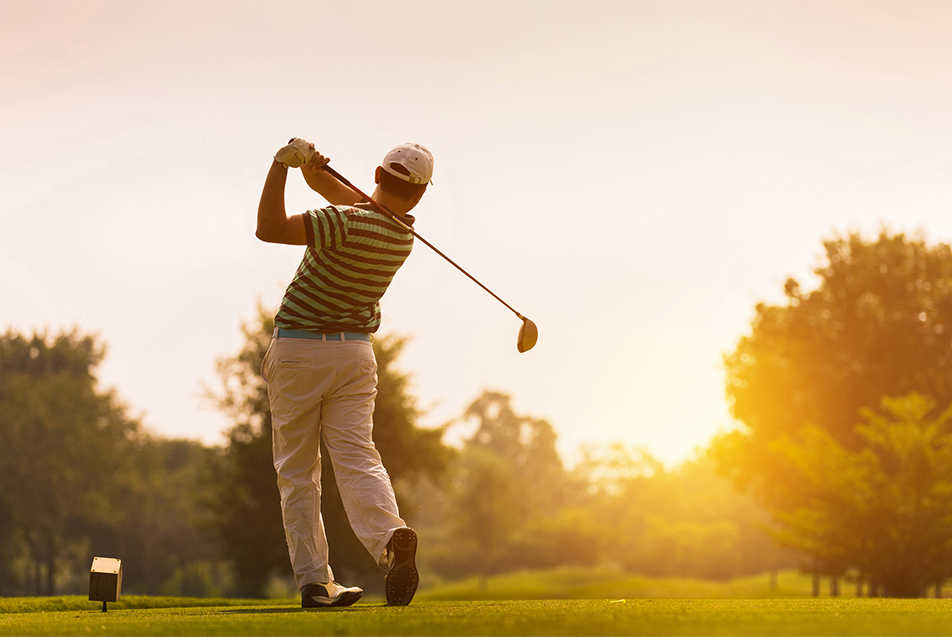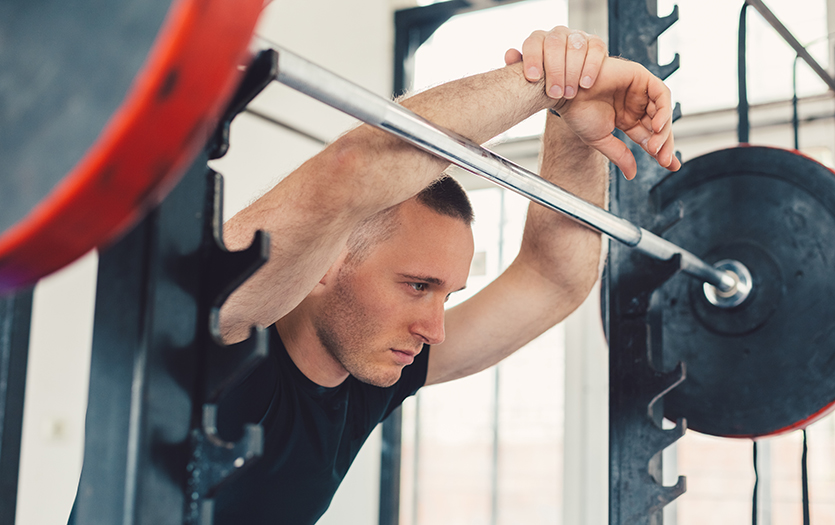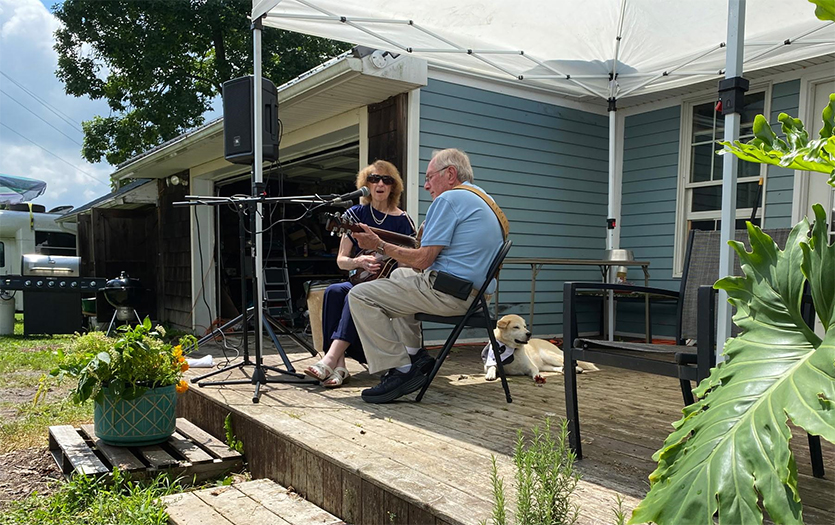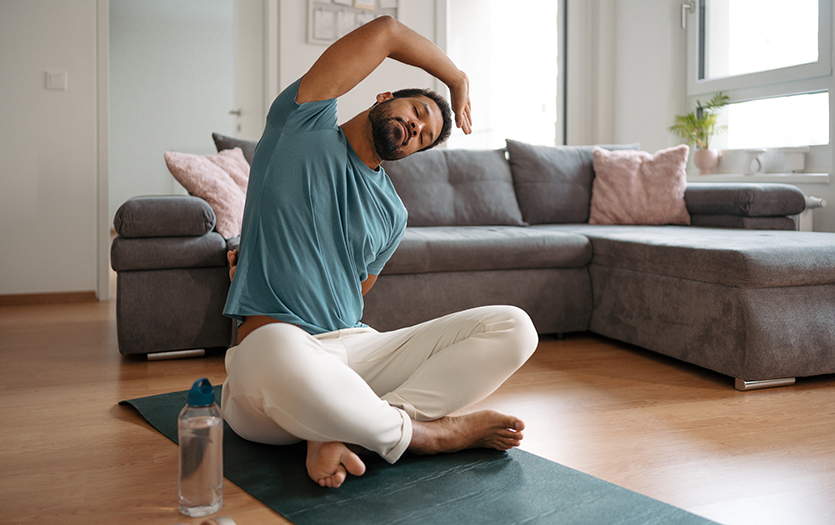
Golf is often considered a lifetime sport, enjoyed by participants of all ages and skill levels, particularly during the summer months. Whether you consider yourself a weekend golfer who enjoys playing with friends, a highly competitive athlete competing in summer tournaments, or a young person competing for your school golf team, the sport can cause pain or injury all over the body for a variety of reasons.
Parkview TherapyONE director Robert Norton, PT, ATC, TPI, a certified advanced medical professional through the Titleist Performance Institute®, shares more about the most common golf injuries and the treatment these athletes can receive through Parkview TherapyONE’s golf performance training.
Injury No. 1 – Lower Back Pain
As most golfers know, your lower back can take a beating on the golf course. That pain often comes from the compression of the Sacroiliac (SI) joint due to “hanging back” in your swing and a lack of hip mobility. SI joint compression happens when a golfer does not properly shift their hips and weight – and thus “hangs back” - during the swing. A lack of hip mobility is a root cause of other types of lumbar pain.
Treatment involves regaining as much mobility as possible to allow you to meet the demands of your swing, as well as working on hip strength and lumbar mobility. Once strength and mobility are improved, altering your swing mechanics can reduce the chances of re-injury.
Injury No. 2 – Shoulder Pain
Shoulder injuries are also common in avid golfers. You may experience a rotator cuff strain, shoulder impingement or trauma from fat shots or hard ball strikes into roots and even deep rough.
Restoring pain-free shoulder movement is the No. 1 goal when it comes to these common shoulder injuries. Once you’re able to swing without pain, you’ll work on shoulder strength and thoracic spine mobility to help you rotate through your swing properly.
Injury No. 3 – Elbow and Wrist Pain
Injuries to the elbow and wrist often come from improper swing mechanics, but they can also be the result of a sudden stop when striking the ball, such as hitting the face of a bunker or hitting out of deep rough. Common injuries, like golfer’s elbow and tennis elbow, are the same injury but on opposite sides of the elbow, while tendonitis and ligament sprains are also common issues.
Swing mechanics issues that cause elbow and wrist pain include:
- Casting (an early release of the club during a downswing)
- Chicken wing (bending the lead elbow and cupping the wrist at impact)
Once your elbow or wrist are pain-free, we’ll help improve your swing mechanics to prevent the injury from happening again. If your injury is due to a sudden stop or impact, we can tape and stabilize your wrist or thumb.
With any golf-related injuries, custom exercises at home and prior to playing golf are important for preparing to play and preventing re-injury.
Services
To learn more about golf injury prevention and performance training through the TPI®-certified physical therapists at TherapyONE, call 260-266-4007.



